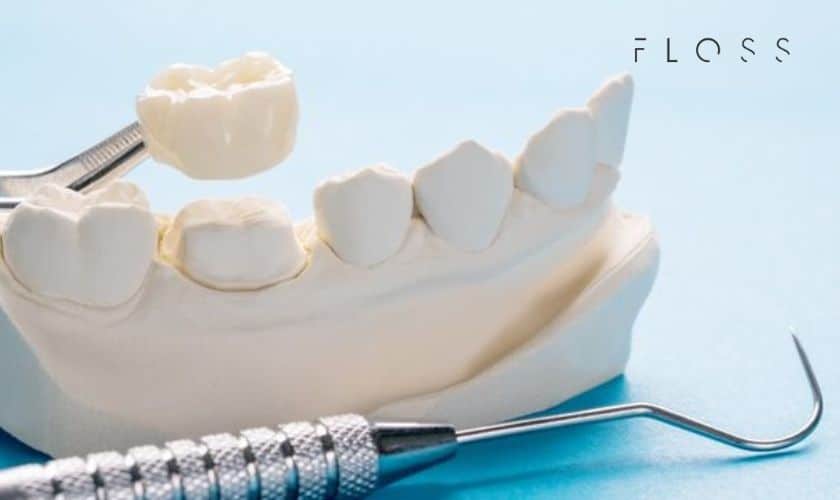Everybody likes a full and bright smile. A chipped, cracked, or missing tooth diminishes your self-esteem and makes you less sociable. You tend to hesitate to participate in social activities and stay tight-lipped in photos.
A dental crown protects the natural tooth and improves its appearance, strength, and durability. They prevent a weak tooth from breaking and maintain a bridge or denture. Dental crowns are made of porcelain, ceramic, glass, or metal.
When Do You Need Dental Crowns?
A dental crown returns a misshapen tooth to its original size, form, and functionality. It protects the tooth and enhances its appearance.
Dentists advise getting a crown for the following reasons:
- Support a tooth with a large filling when insufficient natural tooth structure remains.
- To replace missing teeth, attach a bridge.
- Prevent a brittle tooth from breaking
- Repair a broken tooth
- Cover a misshapen or discolored tooth.
How Are Dental Crowns Placed?
It takes two dental appointments or more to prepare a tooth for a dental crown. The process to get a dental crown is as follows:
First Visit
The dentist prepares your tooth for the crowns on the initial visit. First, the state of the natural tooth is evaluated, paying close attention to the surrounding bone and the roots.
You will then be given local anaesthesia for your teeth and gums. Now the tooth is ready for reshaping. The tooth\’s biting surface diminishes during this stage.
Alternatively, the tooth will fill in if a sizable portion is missing, due to decay or damage. After the remodeling, the dentist will make alginate imprints of your lower and upper dental arches. The dentist will need to know the precise color of your teeth to make the crown blend in with your natural tooth.
It takes a few weeks to construct a dental crown. The dental lab will receive the impressions to create the crown. Meanwhile, a temporary crown will be placed on your tooth to protect it.
Second Visit
This procedure starts with numbing the surrounding tissue with an anesthetic and cleaning your teeth. A permanent crown is attached, and the temporary crown is removed.
The dentist will test the new dental crown by placing it in the desired location and checking for a perfect
fit. Once satisfied with the fit, the dentist will cement the dental crown in place and check periodically to see if the cement has hardened.
What Purpose Does A Dental Crown Serve?
Aesthetics
If a person\’s teeth ever crack or shatter, a crown can easily correct these cosmetic problems. Dental crowns are made of porcelain or a composite material that looks like a natural tooth. They replace a missing tooth by being placed on top of a dental implant.
Protective
Protective crowns are placed over severely deteriorated teeth. In most cases, this guards the tooth against future damage. This operation is also used to support teeth that are fractured or broken, preventing additional damage.
Restoration & Replacement
Dental crowns are primarily used to fix and restore a tooth that has cracked or become worn down and return it to its original state. Once the broken tooth is fully repaired in its area by a crown, one can chew comfortably and painlessly. They can also help with tooth replacement when dental implants or bridges are used. In a dental bridge, the tooth-replacing crown is attached to the neighboring teeth using additional crowns.
Final Words
When it comes to dental crowns, you have lots of options. Different patients have different requirements for dental crowns. Some may appeal to you more than others.
It\’ll probably come down to your particular demands in the end. Consult your dentist to choose the best type of crown for you and your dental requirements.
